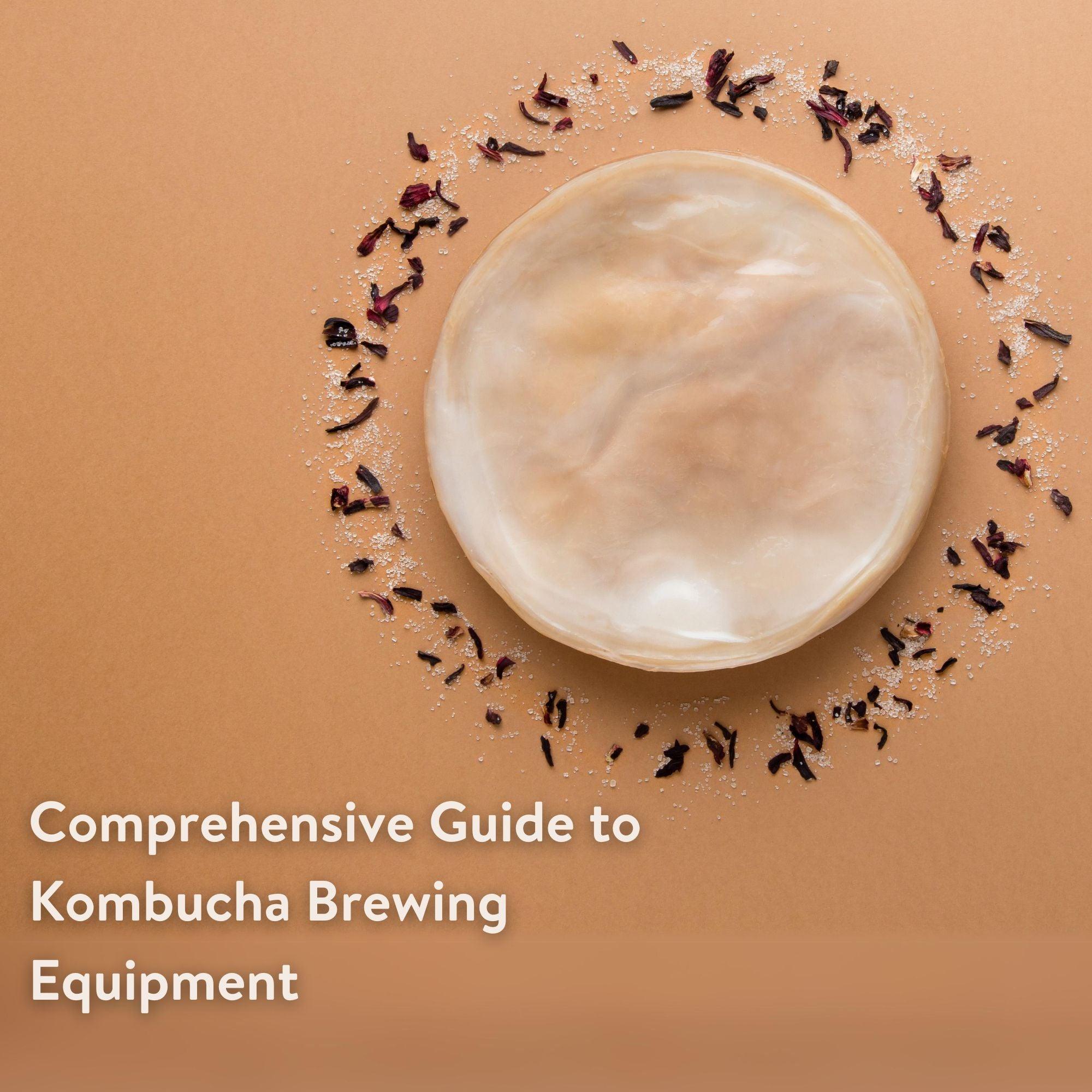Water kefir's history is an intricate tapestry woven with cultural traditions, ancient practices, and global influences. While definitive origins remain elusive, the spread of water kefir across the world paints a rich and fascinating picture. Let's dive deeper into this remarkable journey.
Origins and Early References
-
Mexico's Prickly Pear Connection: The earliest scientific record of water kefir dates back to 1899, when French biologist M. L. Lutz identified the presence of kefir grains in Mexico's Ountia cactus. This discovery led to theories that Mexico could be the birthplace of water kefir, although conclusive evidence remains scarce(1).

-
Tibetan Monastic Traditions: Stories of Tibetan monks offering water kefir grains to Mother Teresa have fueled speculations about a Tibetan origin. Some believe that the grains were cherished for their health benefits within monastic communities, but historical validation for this theory is limited(2).
-
The Ginger Beer Plant Confusion: In the 1800s, British soldiers returning from the Crimean War reportedly introduced something akin to water kefir to Europe. However, this likely referred to the Ginger Beer Plant, a related but separate culture, further adding to the ambiguity of water kefir's history(3).
Global Journey and Cultural Interpretations
-
Mexican Tepache Tradition: In Mexico, water kefir, known as "Tibi," has been a key ingredient in Tepache, a traditional fermented pineapple drink. This practice possibly dates back to pre-Columbian times, reflecting indigenous fermentation techniques(4).
-
The French Connection: Known as "Graines Vivantes" in France, water kefir was popularized in French households in the early 20th century. It became a fashionable homemade beverage, reflecting European trends of embracing natural health remedies(5).
-
Italian Grape Fermentation: In Italy, water kefir grains were used to ferment grape juice, known as "Kefir d'uva." This practice may have connections to ancient Roman winemaking traditions, but the historical record remains speculative(6).
-
African and Australian Connections: The terms "African bees" and "Australian bees" suggest that water kefir may have been known in these regions. However, little documentation exists, leaving room for further research and exploration.
Names Across Cultures and Countries
Water kefir's global journey is reflected in the myriad of names it has acquired, each offering a glimpse into different cultures and traditions. Some of the names and their associated countries include:
- Tibicos (Tibi) - Mexico
- Búlgaros - Various Latin American Countries
- Japanese Water Crystals - Japan
- Sugar Kefir Grains - Worldwide
- Vinegar Bees - Australia
- Ale Nuts - United Kingdom
- Balm of Gilead - Middle Eastern Regions
- Ginger Beer Plant (distinct from actual GBP) - United Kingdom
- Kefir d'uva (when grape juice is used) - Italy
-
Tibetan Mushroom (a term also used for milk kefir and kombucha) - Tibet
Revival in Modern Times
-
Health and Wellness Movement: The late 20th and early 21st centuries have seen a resurgence in water kefir's popularity, driven by growing interest in probiotics, natural fermentation, and traditional dietary practices. Water kefir has become a staple in health stores and wellness circles worldwide.
-
Online Sharing Communities: The advent of the internet has facilitated the sharing of water kefir grains and recipes across borders. Online forums and communities have played a vital role in preserving and spreading traditional knowledge about water kefir, contributing to its global revival7.
Conclusion
The history of water kefir is as complex and effervescent as the beverage itself. Its journey from possible Mexican cactus origins to Tibetan monasteries, European salons, and modern health stores exemplifies the enduring allure of traditional foods. While the definitive history of water kefir remains partly concealed, its legacy continues to ferment, nourish, and inspire across cultures and generations.
Footnotes
-
Lutz, M. L. (1899). "On the Ountia Cactus and its Fermentation Properties." Journal of Botanical Research.
-
Thompson, J. (2007). "Tibetan Monastic Medicine and the Healing Potential of Water Kefir." Ethnobotany Journal.
-
Jones, A. (2015). "Ginger Beer Plant: A Historical Perspective." Beverage History Journal.
-
Rodriguez, S. (2012). "Tepache and Tibicos: A Culinary Tradition in Mexico." Mexican Gastronomy Journal.
-
Leclerc, M. (1930). "Graines Vivantes: A French Household Tradition." Paris Culinary Review.
-
Bianchi, G. (1995). "Kefir d'uva: A Revival of Ancient Roman Winemaking?" Italian Wine and Culture Magazine.
-
Wilson, K. (2020). "The Online Sharing of Traditional Fermentation: Water Kefir's Digital Renaissance." Food Culture Studies.



